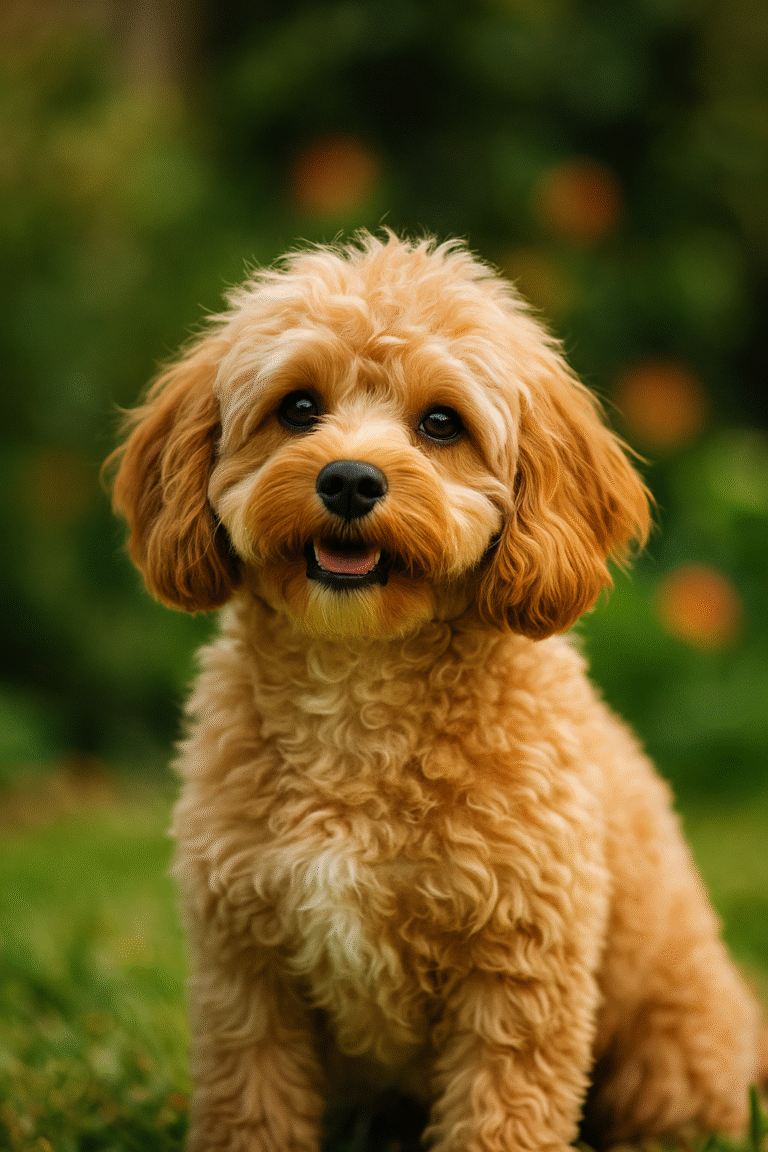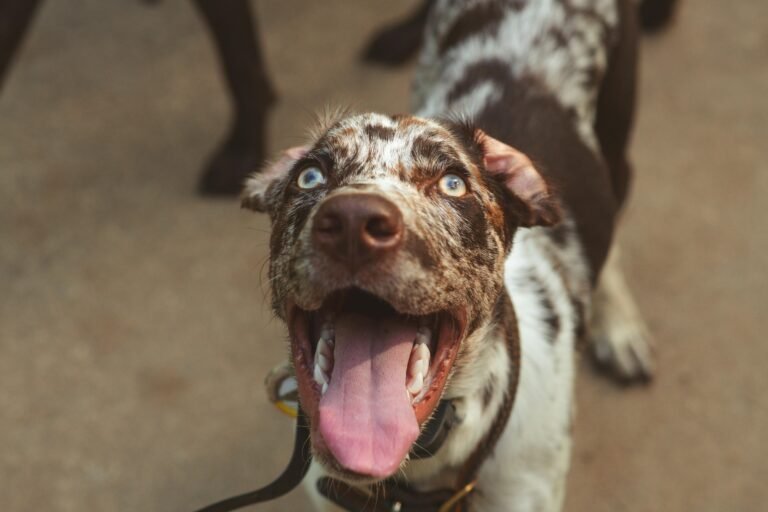Introduction
Japan is home to some of the world’s most iconic dog breeds. Among them, the Shiba Inu and the Akita stand out for their distinct looks and spirited personalities. If you’re torn between these two Japanese breeds, understanding their history, temperaments, care requirements, and lifestyle fit can help you make an informed decision. This article provides a detailed comparison of the Shiba Inu and the Akita, guiding you through what makes each breed unique and whether they might be the right companion for your home.
Origins and History
The Shiba Inu is one of the oldest native Japanese breeds, originally developed as a small hunting dog for flushing birds and small game from dense brush in mountainous regions. Their name translates to “brushwood dog,” referencing either the terrain they hunted in or the reddish color of autumn brushwood. Shibas have been recognized as a national treasure in Japan and have gained global popularity for their foxlike appearance and spirited disposition.
The Akita, on the other hand, hails from the snowy prefecture of Akita in northern Japan. Originally bred for hunting large game such as boar, elk, and even bears, the Akita is a powerful and dignified dog. There are two varieties: the Akita Inu (Japanese Akita) and the American Akita, which diverged after World War II when some Akitas were brought to the United States and developed along slightly different lines. The Akita breed carries cultural significance in Japan, symbolizing protection, health, and happiness.
Temperament and Personality
Shibas are often described as bold, confident, and somewhat cat-like. They tend to be independent thinkers and may seem aloof with strangers, but they form strong bonds with their families. This breed is known for its spirited and sometimes stubborn nature. Shibas are alert and curious, which makes them excellent watchdogs. However, their independent streak means they may not always seek constant companionship, and early socialization is important to foster polite behavior toward other dogs and people.
Akitas are renowned for their loyalty and protective instincts. They are calm, courageous, and deeply devoted to their families. While Akitas can be affectionate with those they trust, they tend to be reserved with strangers and can be territorial. This strong protective nature makes them excellent guardians but requires responsible ownership. Without proper leadership and socialization, Akitas may become overly dominant or aggressive toward other animals. They generally prefer being the only dog in the household and are often best suited for experienced dog owners who understand the importance of firm but gentle guidance.
Size and Physical Characteristics
Shibas are a small to medium-sized breed, typically weighing between 17 and 23 pounds (8–10.5 kg) and standing 13.5 to 16.5 inches (34–42 cm) tall at the shoulder. Their compact, athletic bodies are well proportioned, and their curled tails and erect, triangular ears give them a distinctive foxlike appearance. Shibas have a dense double coat that comes in various colors, including red, sesame (red with black-tipped hairs), black and tan, and cream.
Akitas are considerably larger and more powerful. Japanese Akitas usually weigh between 65 and 75 pounds (30–34 kg) and stand 23 to 27 inches (58–69 cm) tall. American Akitas can be even heavier, with males often exceeding 100 pounds (45 kg). Their thick double coat offers protection from cold weather and comes in colors such as white, brindle, red fawn, and pinto. Akitas have a broad head, deep-set eyes, and a robust frame that exudes strength. Their tails curl over their backs in a fluffy plume.
Grooming and Maintenance
Both breeds have double coats that shed seasonally, but their grooming needs differ slightly. Shibas are relatively low-maintenance, requiring weekly brushing to remove loose fur and maintain coat condition. They are known for being meticulous self-cleaners, much like cats, and seldom have a strong doggy odor. Twice a year, they experience heavy shedding, known as “blowing coat,” during which more frequent brushing and vacuuming are necessary.
Akitas require more intensive grooming due to their larger size and thicker coat. Regular brushing—ideally several times a week—helps to prevent matting and control shedding. During seasonal shedding, daily brushing is recommended to manage the volume of loose fur. Akitas also benefit from periodic nail trims, ear cleaning, and dental care. Despite their heavy coat, Akitas are generally clean dogs, but their size means grooming sessions can take longer and may require more space and tools.
Exercise and Training Needs
Shibas are energetic and agile, thriving on daily walks, interactive play, and opportunities to explore. They are intelligent but may have a mischievous streak, which can make training a challenge for novice owners. Positive reinforcement methods work best, and keeping training sessions short and varied will help maintain their interest. Providing mental stimulation through puzzle toys or scent games can also reduce boredom and destructive behavior.
Akitas need regular exercise to keep them mentally and physically fit but not as much intense activity as some other large breeds. Daily walks and play sessions in a secure yard are usually sufficient. Because of their independent and sometimes dominant nature, obedience training and early socialization are critical. Akitas respond well to firm, consistent training from an experienced handler. Due to their strong prey drive, it is important to keep them on leash or within a securely fenced area to prevent them from chasing smaller animals.
Health and Lifespan
Shibas generally enjoy good health with a lifespan of around 12 to 16 years. Common health issues include allergies, patellar luxation, hip dysplasia, and eye conditions such as progressive retinal atrophy. Responsible breeders screen for these issues to ensure healthier puppies. Maintaining a proper diet, regular exercise, and routine veterinary checkups will help a Shiba live a long, healthy life.
Akitas have a lifespan of roughly 10 to 15 years. They can be prone to health problems such as hip dysplasia, autoimmune disorders, hypothyroidism, and certain eye conditions. Like Shibas, they may also experience allergies and skin issues. Large-breed concerns such as bloat (gastric torsion) are also a risk, so feeding multiple smaller meals and avoiding vigorous exercise after eating can help reduce the danger. Regular health screenings and preventive care are essential for maintaining an Akita’s well-being.
Suitability for Families and Living Situations
Shibas are adaptable dogs that can thrive in various living environments, from apartments to houses with yards, as long as they receive sufficient exercise and mental stimulation. Their compact size and relatively low maintenance make them suitable for active singles, couples, or families with older children who respect a dog’s space. Because Shibas can be headstrong, they may not be ideal for very young children unless supervised. Their strong prey drive means they may not coexist peacefully with small pets like rabbits or cats without careful introduction and training.
Akitas are best suited for households with a secure yard and owners who have experience with large, independent breeds. They are generally not recommended for apartment living due to their size and need for space. Akitas are devoted family dogs but may be wary of strangers and protective of their loved ones. Families with older children who understand how to interact respectfully with a large dog can find a loyal companion in an Akita. However, because of their potential for dominance, they are usually not recommended for homes with other dogs or small pets.
Final Thoughts and Decision Guide
Choosing between a Shiba Inu and an Akita comes down to your lifestyle, experience, and personal preferences. If you want a smaller, more adaptable dog with a fiery personality and a manageable maintenance routine, the Shiba Inu may be the right fit. Shibas are spirited, intelligent, and relatively easy to groom, making them suitable for urban living and first-time owners willing to invest time in training.
If you are drawn to a larger, more imposing breed with unwavering loyalty and strong protective instincts, the Akita could be your ideal companion. Akitas require an experienced, confident handler who can provide consistent training and socialization. They thrive in homes with ample space and are best for families who appreciate a calm, dignified dog that will guard them with dedication.
Conclusion
Both the Shiba Inu and the Akita are treasured Japanese breeds, each offering unique qualities that appeal to different types of owners. By understanding their histories, temperaments, care requirements, and lifestyle compatibility, you can make an informed choice that results in a rewarding companionship. Whether you opt for the spirited independence of the Shiba or the noble guardianship of the Akita, a well-bred, well-trained dog will bring joy and enrichment to your life for years to come.






